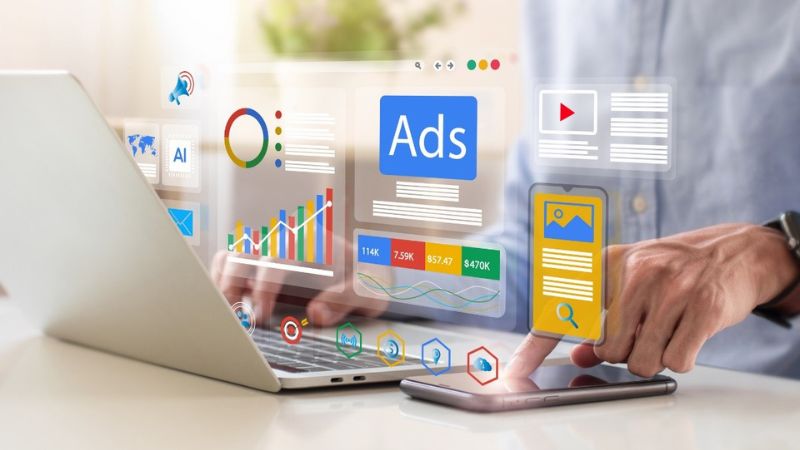Does your company have a website? If so, you need to optimize your photos! Photo optimization refers to adjusting images to the optimal format, size, and resolution while maintaining the same quality. This helps ensure that your images load quickly and display beautifully across all devices while maintaining their quality. The overall user experience is enhanced, and it assists in your website’s search engine optimization (SEO) ranking.
You Need Every Competitive Edge Over Your Competition
You have mere seconds to make a lasting impression online. In addition to the product or service your potential customers are searching for, they also expect an excellent user experience. Content with high-quality images receives 94% more views than content without. Choosing or creating captivating images is half the battle. You need to ensure that you optimize photos as well to make the most significant impact.
And the Rewards for Your Optimizing Efforts Are…
Improved Loading Speed
One of the primary reasons to optimize photos is to enhance your website’s loading speed. Fast-loading pages improve the user experience, with research indicating that even a one-second delay can lead to a 7% reduction in conversions. A slow site can frustrate visitors, leading them to abandon your page before it fully loads.
Better User Experience
Users are more likely to stay on a fast and responsive site. When images are correctly optimized, even image-heavy pages will load quickly. This keeps visitors exploring your site more efficiently, which can lead to longer visits, increased engagement, and, ultimately, higher conversion rates.
Boosted Search Engine Optimization
Search engines, like Google, consider site speed a ranking factor. Therefore, optimizing your photos improves loading times and enhances your chances of ranking higher in search results. Additionally, well-optimized images with appropriate alt text help Google understand your content better, improving your chances of being found on image searches as well.
Enhanced Mobile Experience
With 76% of people buying things online via mobile devices, optimizing images for various screen sizes is essential. Mobile users expect apps and websites to load quickly, and images that are not optimized can significantly hinder this experience. When images are properly optimized, they adapt seamlessly to different screen sizes, ensuring that mobile users have a pleasant experience on your site.
Best Practices for Photo Optimization
To effectively optimize your images, follow these best practices:
- Use JPEG for photographs, PNG for images requiring transparency, and SVG for logos or simple graphics.
- Implement tools like TinyPNG or ImageOptim to reduce file sizes without noticeable quality loss.
- Ensure that images are not larger than necessary. Use CSS to make them responsive across devices.
- Use descriptive filenames. Optimize filenames for SEO by including relevant keywords.
- Write descriptive alt text for web accessibility and further optimization in search engines.
Optimize Your Future
First impressions are invaluable, and neglecting them can have a significantly negative impact on your target audience. Let the experts at Fat Guy Media help you optimize your website’s images and create a visually appealing, efficient, and successful website.




